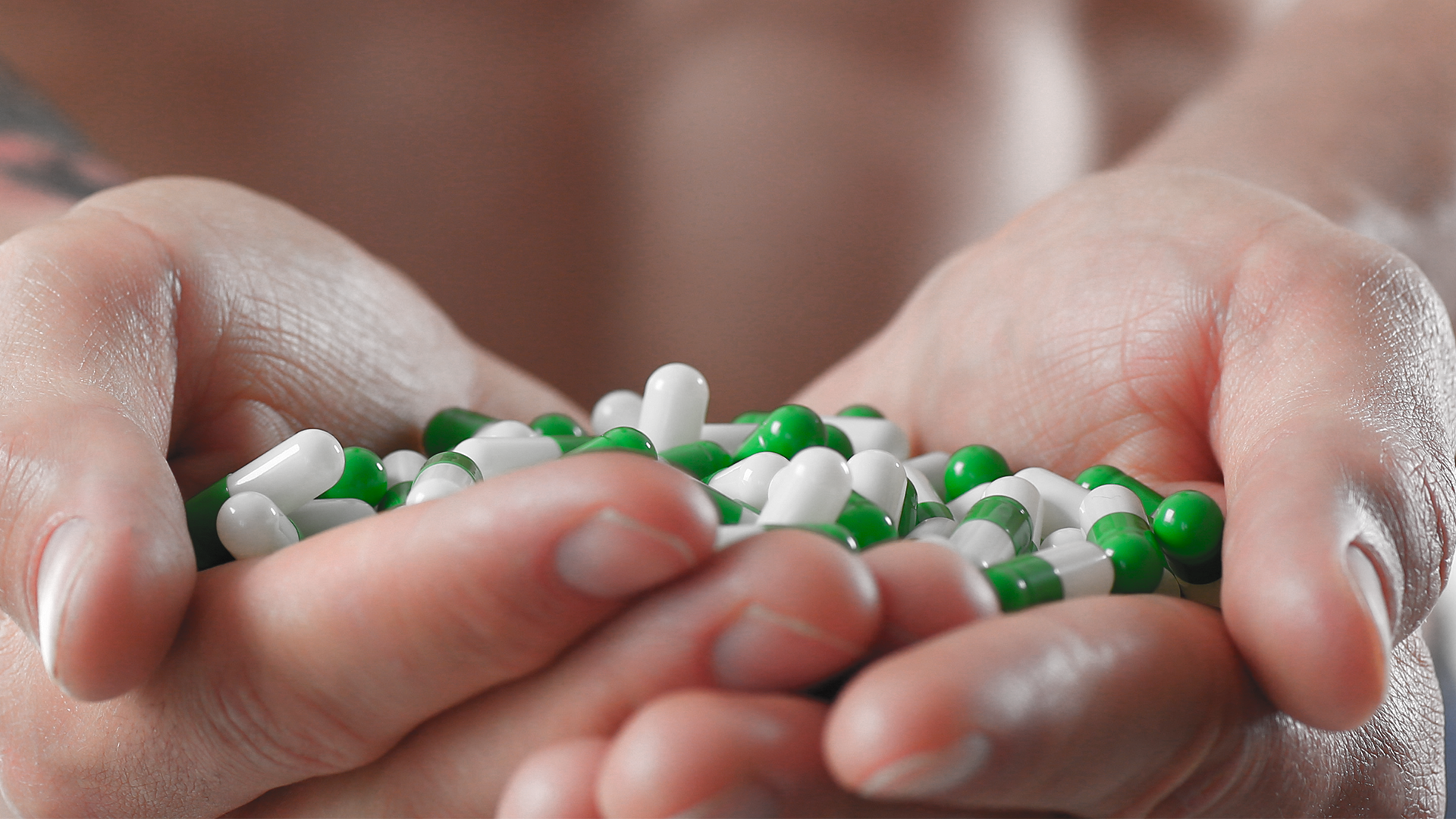We all know about whey protein, pre-workout formulas, electrolytes and recovery drinks. They’re some of the most popular bodybuilding boosters on the market. Then you have creatine powder, which is in a class of its own.
When people refer to creatine, they’re normally talking about creatine monohydrate. Aside from powder form, you can also find creatine in pills, capsules, chewables and baked goods.
People in the bodybuilding world embrace it for its capability to add more muscle to the body. Regardless of whether you’re looking to bodybuild, get huge muscles or just get in better shape, creatine results are what you’re after. And they’re hard to pass up.
What is creatine?
Your body is a powerful and wonderful organism, and it has abilities that go beyond the obvious. One of which is producing certain substrates naturally – creatine monohydrate is one of them.
Creatine is actually stored in the muscles, and is needed most when you’re cranking out heavy lifts in your workouts. Secondly, it helps aid the production of a substance known as ATP, or adenosine triphosphate.
Think of ATP as fuel for your muscle cells. It’s not like glycogen, which comes from carbohydrates, and is used as a general energy source while doing any type of activity – regardless of whether that activity is lifting or something else entirely. You need ATP more when performing anaerobic activity, such as heavy weight lifting and sprint training. The word “anaerobic” means without oxygen.
You know that feeling you get of being winded during exercise? Well, that’s where creatine can help you out by allowing you to do some extra reps, a little extra weight or go that bit further during intense runs.
When you eat foods that are high in protein like beef, chicken, eggs and the like, this helps your body to produce a decent amount of creatine for an average workout. But, when it comes to bodybuilding, a ‘decent’ amount doesn’t always cut it.
In supplement form, you get a much higher dose, which is why you should consider adding some to your diet plan.
What does creatine monohydrate do?

As mentioned above, one of the main things creatine does is give you more umph to move weights around. That’s one of the main reasons why it is used in bodybuilding circles – to allow harder workouts and therefore more muscle growth.
But the benefits of creatine don’t stop there. By building more muscle, you will also boost your metabolism, which means you can expect to burn more fat and stay leaner with ease. Plus, it helps speed recoveries. As an added perk, creatine has been shown to reduce the risk of neurological disorders as you age, such as Alzheimer’s disease.
As you can clearly see, the benefits of creatine monohydrate are plentiful.
How to take creatine
When you first start taking creatine, there’s actually a process involved called the ‘creatine loading phase’. If you’ve never used it before, the creatine loading phase is a recommended span of time to take a higher dose, to basically fill up your stores so to speak.
If you want to know how much creatine per day to take, there is a rule of thumb to follow. A daily intake of 20 to 25g is the sweet spot while loading creatine and this should be taken for 5 to 7 days. After that, the maintenance phase kicks in where you should take in closer to 5g a day.
Important note: During creatine loading, it’s best to space out your servings throughout the day by taking a dose every few hours until you get to your goal intake.
With the maintenance phase, it is best to ingest your creatine alongside a fast-absorbing carbohydrate like juice or honey. This helps transport it into your muscle cells faster.
Keep in mind that creatine absorbs more quickly right after you finish your workout. So take advantage of this time frame to get the best results.
Before we move on, people often ask the question is creatine loading necessary? The short answer is no, but if you bypass it, do expect it to take a little longer to see real results.
Now you’re probably wondering exactly when you should take creatine. Well, you’re about to find out!
Should I take creatine before or after a workout?
You now know how to take creatine, but you also need to know when to take it. The truth is, it wouldn’t hurt to both take creatine before and after your workout. That way you get some delivered to your hard-working muscles, plus another dose to aid their recovery. The creatine effects will then be two-fold.
Read more here: When to Take Creatine to Get the Best Results >>
Precautions
Is creatine effective? The short answer is yes. Is it safe? Yes again. Does creatine work? Well, that too would be a yes. But here are some things you may want to pay attention to when you do take it.
First of all, it volumizes your muscles, meaning it pulls water into them. This can also occur in your belly when you’re going through the loading phase, and cause bloating or ‘creatine weight gain’ as it’s sometimes called. If at any point you feel this, cut back on your loading dose and just extend your loading period.
For example, instead of taking 25g a day, take 10g, and take a couple of weeks to complete the loading period instead. If this doesn’t solve your bloating issue completely, cut your creatine dosage down more and space it out even longer. Listen to your body – you may have to play with your intake a bit to get it just right.
It’s important to note that red meat and pork have a pretty good amount of creatine in them naturally. If you eat a large amount of these, you might not need as much creatine. If you’re vegetarian on the other hand, there’s a good chance you’ll need to take the full recommended dose.
One last thing to take into consideration is creatine hair loss. According to a study from the National Institute of Health, rugby players taking 25g of creatine monohydrate a day over a three-week period had a rise in dihydrotestosterone (DHT) levels after just 7 days. This is the chemical responsible for male pattern baldness.
Although this indicates that hair loss may be possible through creatine supplementation, there’s not enough evidence to prove the theory. Nothing is noted from this study of what else the subjects ate or drank, or what their genetic predisposition was to hair loss. Plus, the study was only three weeks long. This means it could have just been a short-term rise of DHT, and it could’ve come down after a while in the maintenance phase.
Summing it up
Overall, creatine side effects are rare. Regardless of whether you choose to take creatine pills, supplements, capsules or powder, this substance can definitely give you an added advantage in your training, with little risk of significant side effects.
Over 299,434 purchases
Over 509,389 bottles sold
Over 30,563,340 pills taken








